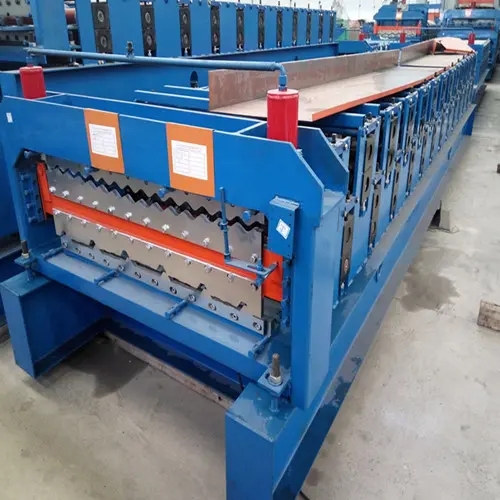
The Evolution and Importance of Mesh Welding Machines
In today’s manufacturing world, mesh welding machines have become integral to producing high-quality welded mesh products. From construction to agriculture, the versatility of welded mesh offers countless applications. Understanding the technology behind these machines, their evolution, and their significance can provide valuable insights into modern engineering practices.
What is a Mesh Welding Machine?
A mesh welding machine is a specialized piece of equipment designed to automate the process of creating welded wire mesh. This machine uses various grades of wire, joining them at specific intervals through electrical resistance welding or other welding techniques. The end result is a robust grid-like structure, known as welded mesh, which is prized for its strength and durability.
Historical Background
The concept of welding wire together to create mesh dates back several decades. The first mesh welding machines were rudimentary, requiring significant manual labor and supervision. As technology advanced, so did the methods and machinery used in this sector. The introduction of automated mesh welding machines in the late 20th century revolutionized production capabilities, enabling faster output and greater consistency in product quality.
Modern mesh welding machines now incorporate computer numerical control (CNC) technology, allowing for enhanced precision in the size and spacing of the welds
. This advancement not only improves production efficiency but also ensures that the welded mesh meets strict industry standards.Applications of Mesh Welding Machines
The applications of welded mesh are extensive. In construction, mesh is widely used in concrete reinforcement, providing structural support and preventing cracking. Its strength-to-weight ratio makes it a preferred choice for a variety of building applications, including slabs, walls, and driveways.

In the agricultural sector, welded mesh is commonly used in fencing and animal enclosures. Its durability and resistance to environmental factors make it ideal for protecting livestock and securing property. Additionally, mesh is employed in horticulture for creating plant support structures, trellises, and even as protective netting to safeguard crops from pests.
The automotive and aerospace industries also utilize welded mesh for producing lightweight and sturdy components. In these high-stakes fields, quality control is paramount, and mesh welding machines are crucial for maintaining the structural integrity and safety of products.
Advantages of Using Mesh Welding Machines
One of the primary advantages of using mesh welding machines is their efficiency. Automated processes significantly reduce production time compared to manual welding. Furthermore, these machines can operate continuously, maximizing output while minimizing labor costs.
Consistency is another critical factor. Mesh welding machines are designed to produce uniform welds, ensuring that every piece of mesh meets quality standards. This consistency reduces the risk of defects in the final product, which is vital in industries where safety and reliability are crucial.
Additionally, the adaptability of modern mesh welding machines allows manufacturers to customize products to meet specific customer requirements. Whether varying the wire diameter, mesh size, or weld spacing, these machines can cater to diverse needs, enhancing their marketability.
Conclusion
As we advance further into the 21st century, the importance of mesh welding machines in various industries continues to grow. Their role in optimizing production processes, ensuring product quality, and meeting the evolving demands of the market solidifies their place in contemporary manufacturing. The ongoing innovations in technology promise to enhance the capabilities of these machines, paving the way for even more applications and efficiencies. In a world increasingly focused on automation and precision, mesh welding machines stand out as a testament to engineering excellence. With their multifaceted applications and significant advantages, they will undoubtedly continue to shape the future of manufacturing across various sectors.